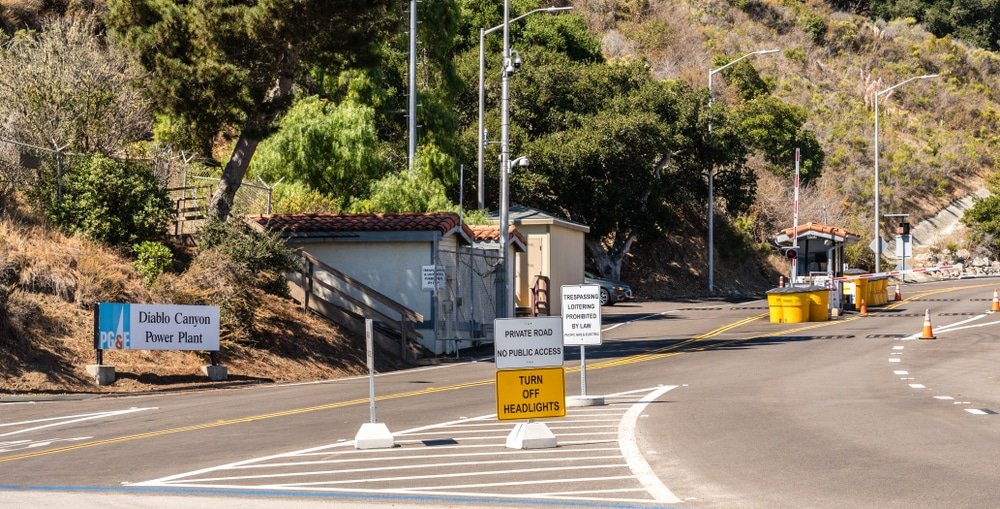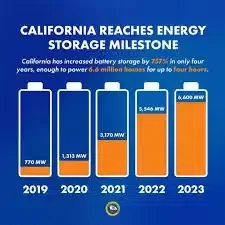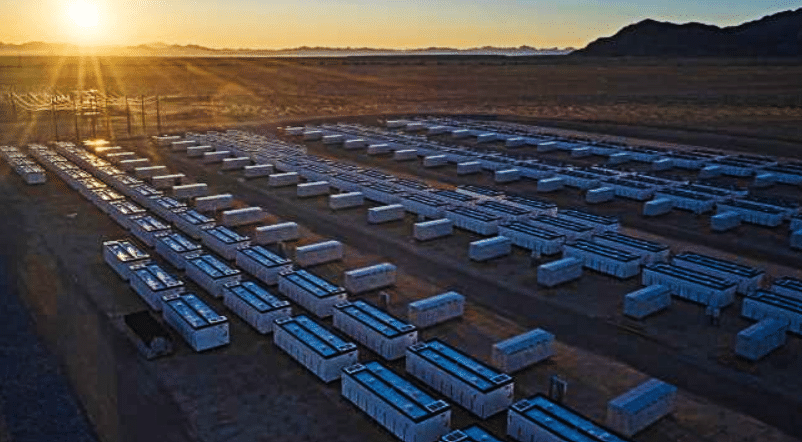California ISO (CAISO) is gearing up for another rapid expansion in battery storage capacity in 2024, building upon its position as the leading provider of electrochemical energy storage assets in the United States.
Developers are set to install 6,813 MW of battery power storage within CAISO’s jurisdiction this year, per S&P Global Market Intelligence data. It will largely consist of 4-hour lithium-ion resources, marking a significant increase from the additions seen in 2023.
Non-hydro energy storage connected to CAISO’s grid stood at 8,453 MW at the start of the year. Most of which was built over the past 4 years.
Charging Ahead with Battery Power
Battery projects constitute the largest portion of the planned 12,126 MW of net CAISO capacity additions in 2024. This is followed by an anticipated new solar capacity of 4,801 MW, often integrated with storage.
Despite potential delays in development timelines, many projects scheduled for completion in 2024 are progressing toward energization ahead of the peak summer demand season. Among them is Calpine Corp.’s Nova Power Bank in Menifee, Calif., a massive 680-MW/2,720-MWh battery system expected to come online in June.
Backed by 5 separate offtake agreements and over $1 billion in debt financing, the Nova Power Bank marks the emergence of Houston-headquartered Calpine as a major developer of battery storage facilities in the United States.
This expansion complements its existing portfolio of approximately 26 GW of operating gas and geothermal assets across North America.
The Nova Power Bank project is set to be deployed in phases. Two 230-MW sections are slated to enter commercial operations in June under contracts with Southern California Edison Co. (SCE). This will be followed by a 50-MW phase for community choice aggregator Peninsula Clean Energy in August.
Furthermore, another 110-MW section for SCE will start service in September, with a final 60-MW tranche to start in 2025. This timeline positions the Nova Power Bank to become operational in less than 5 years following the retirement of GE’s financially struggling combined-cycle gas plant in January 2020.
Alex Makler, senior vice president of Calpine’s Western US region, noted in an interview.
“It’s [battery storage] not only economically valuable; it’s really valuable from a system planning standpoint. It helps with ensuring reliability, adequate supply and it makes room for even more development of renewables.”
Powering Progress with Clean Energy Projects
Arevon Energy Inc. is also actively constructing storage and solar projects in California. These include the Condor Battery Storage Project in San Bernardino County and the Vikings solar-plus-storage complex in Imperial County.
Long-term offtake agreements with utilities and community choice aggregators support these projects.
The contracts assist in meeting the requirements set forth by the California Public Utilities Commission’s significant 2021 mandate for load-serving entities to secure a minimum of 11,500 MW of clean energy resources by 2026.
The directive was originally designed to address potential shortfalls resulting from the anticipated decommissioning of Pacific Gas and Electric Co.’s 2,240-MW Diablo Canyon nuclear power plant in San Luis Obispo County, California, as well as several aging gas plants.

The aim is to meet state regulations mandating the procurement of clean energy resources. The delay in retirements of aging gas plants and the Diablo Canyon nuclear power plant has prompted a slowdown in generation retirements in California, with only minimal capacity expected to retire in 2024.
As the development of energy resources accelerates, CAISO is undertaking reforms to streamline its generator interconnection process. This is to ensure a smoother pathway for future energy and storage projects.
This initiative aligns with the state’s ambitious goals, such as those outlined in Senate Bill 100. The ultimate goal is to reinforce the importance of timely and efficient resource onboarding to maintain progress toward sustainable energy.
Energizing Homes with Sustainable Battery Solutions
Once finalized, the Nova Power Bank project could provide power for up to 680,000 homes for up to 4 hours. This capacity is particularly crucial during the early evening hours when power demand surges, coinciding with low solar power generation.
Calpine is actively exploring opportunities to enhance or replace additional facilities within its portfolio with battery systems. This move aligns with a broader industry trend of leveraging existing infrastructure and leveraging federal tax credits.
Calpine has already integrated lithium-ion batteries into its operations at the Russell City Energy Center in Hayward, California, providing “black start” capability to aid grid recovery from blackouts. Integrating batteries into generation operations allows for quicker starts and smoother startup or shutdown processes, Makler explained.
The company boasts a pipeline of around 2,000 MW of additional battery power storage capacity in California. This includes standalone projects and systems co-located with other power plants.
The state has massively increased its battery storage by 757% in just 4 years, from 2020 to 2023 as seen below.

California ISO is leading the charge in battery storage expansion, with 6,813 MW of capacity slated for installation in 2024. As the state pushes towards clean energy goals, streamlined interconnection processes and innovative projects like Nova Power Bank will be instrumental in maintaining progress towards its decarbonization journey.


